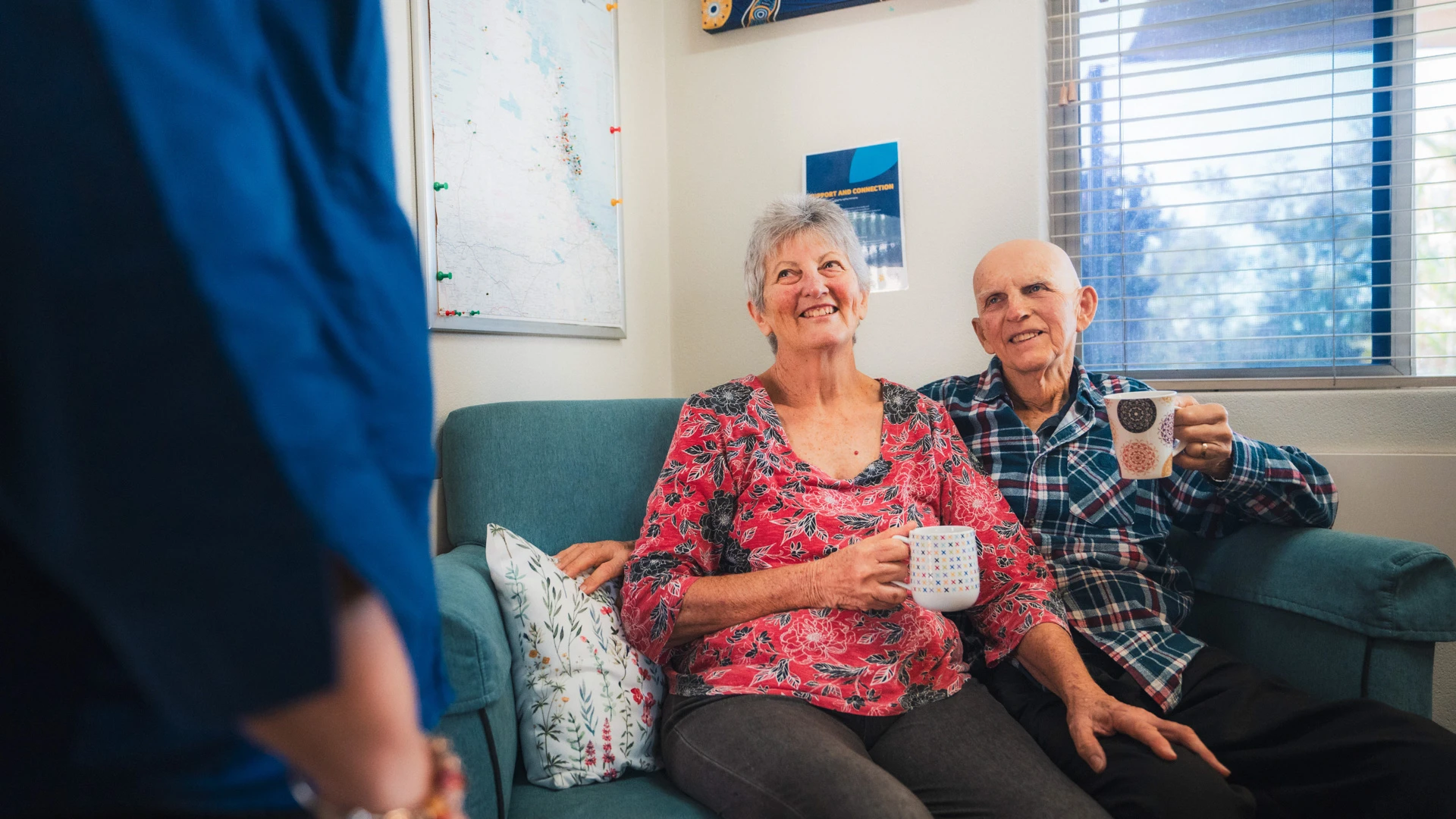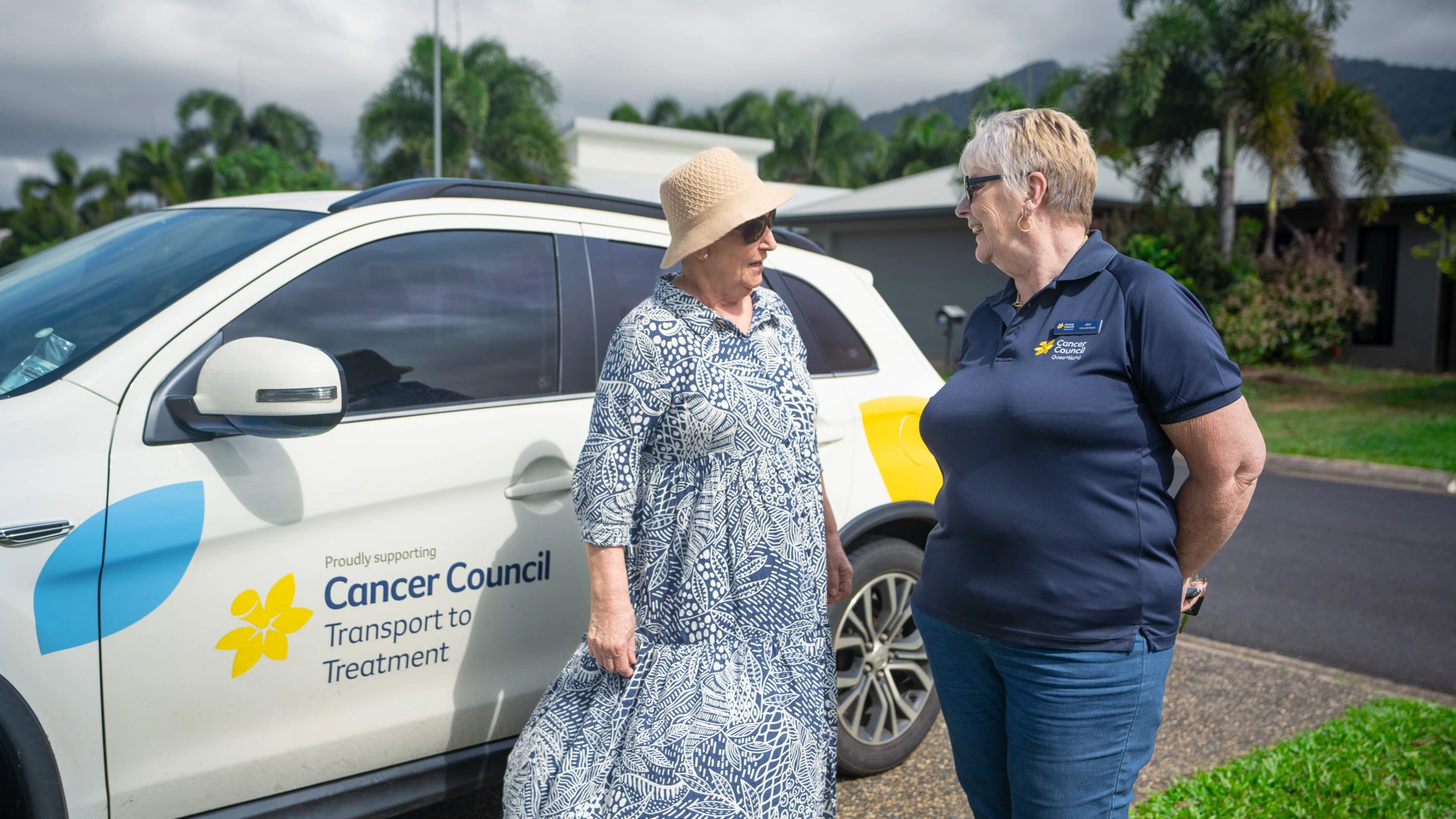Your healthcare team will create a treatment plan for you, taking into consideration the type and stage of cancer, your breathing capacity, and your overall health. Your treatment approach will vary depending on whether you have non-small cell lung cancer (NSCLC) or small cell lung cancer (SCLC).
For early stage NSCLC (stage I or II), surgery to remove the cancer and nearby lymph nodes is often the first step. When surgery isn’t possible, radiation can be an effective alternative. Chemotherapy may also be offered as part of your post-surgery care – alone or alongside radiation as a targeted approach.
If the NSCL is locally advanced (stage III), your team may suggest a combination treatment based on the specific location and the extent of lymph node involvement. These options may include surgery, chemotherapy, radiation and immunotherapy medications.
In advanced NSCLC (stage IV) cases, depending on your symptoms, your care team will focus on maintaining your quality of life with palliative treatment. This treatment protocol aims to support your body, manage symptoms, and make you as comfortable as possible rather than trying to cure the disease. This type of treatment can help many people dealing with cancer to live fulfilling lives.
Treatment options may include one or both of the following: palliative drug treatment (targeted therapy, immunotherapy, and chemotherapy) or palliative radiation therapy. Palliative treatment goes beyond medication. It’s about offering assistance and care that nurtures your physical, emotional, spiritual, and social wellbeing.
If you would like to learn more about treatment options or how to support a loved one going through lung cancer, download our comprehensive Understanding Lung Cancer booklet.








